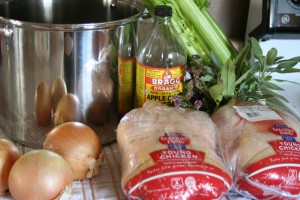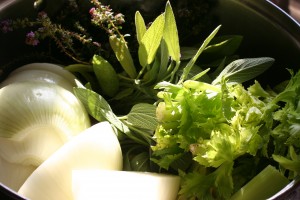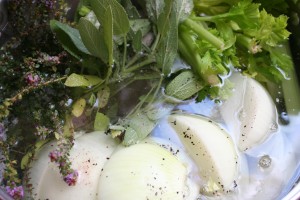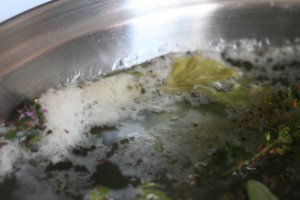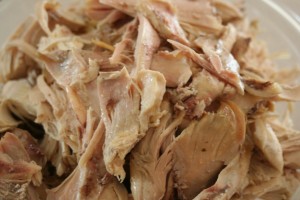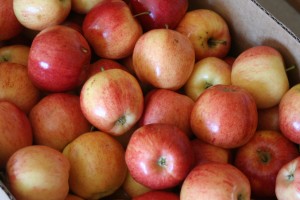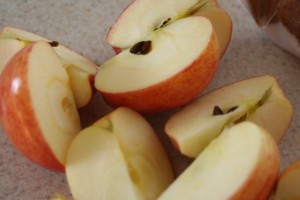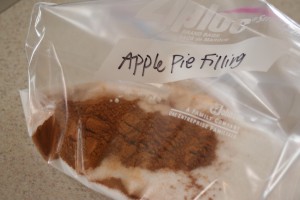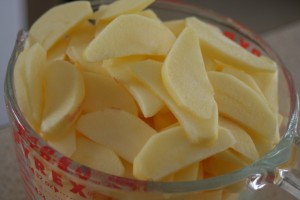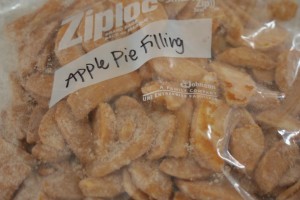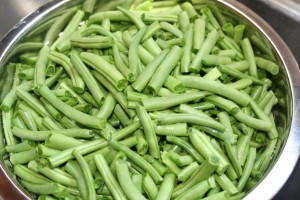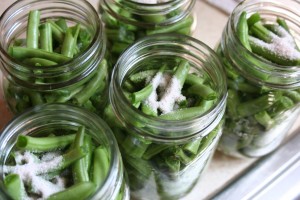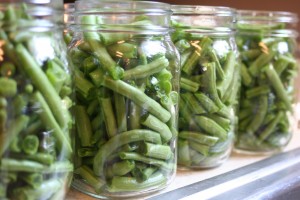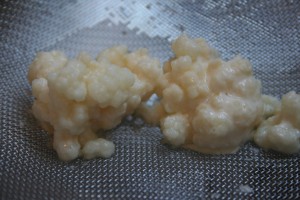” Why is chicken soup superior to all the things we have, even more than relaxing “Tylenol”? It is because chicken soup has a natural ingredient which feeds, repairs and calms the mucous lining in the small intestine. This inner lining is the beginning or ending of the nervous system. It is easily pulled away from the intestine through too many laxatives, too many food additives…and parasites. Chicken soup…heal the nerves, improves digestion reduces allergies, relaxes and gives strength.”
Hanna Kroeger Ageless Remedies from Mother’s Kitchen
Chicken broth is one of the easiest ways to add nutritious foods to our family’ diet. Chicken broth when cooked slowly over a few days becomes a super food full of vitamins, enzymes and minerals that nourishes the body, and heal disease. There is a lot of research about the value of chicken broth that is beyond the scope of this post and blog, but if you would like to research more here are a few good articles about the value of chicken broth: Here, Here, Here and Here.
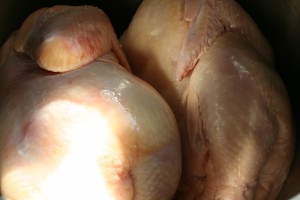 I like to make chicken broth in a big batch and freeze it for quick easy meals. Of coarse I use chicken broth in soups, but I also use it in mashed potatoes, casseroles, any where liquid is required and I want a little punch of nutrition and flavor. Chicken broth is easy to make, but does require time to get the full benefits of the chicken, when I do broth it takes at least three days.
I like to make chicken broth in a big batch and freeze it for quick easy meals. Of coarse I use chicken broth in soups, but I also use it in mashed potatoes, casseroles, any where liquid is required and I want a little punch of nutrition and flavor. Chicken broth is easy to make, but does require time to get the full benefits of the chicken, when I do broth it takes at least three days.
I start with two chickens and place them with all the pieces (giblets and neck) in a large stock pot. I add onions, celery, thyme, sage, salt, pepper, garlic and vinegar. I fill the pot with water and bring it to a boil
Once it is boiling hard, reduce the heat so it is lightly simmering and skim the impurities as they rise to the surface.
You want it to cook very slowly.
After a couple hours the chicken will be fully cooked. At this point take the chicken out, let it cool and little and strip the bones of the meat. I usually make chicken noodle soup on broth making day!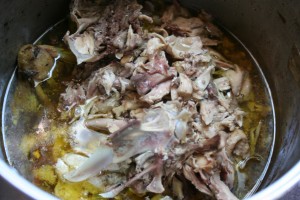 the cooked chicken can be used for other recipes and also freezes well.
the cooked chicken can be used for other recipes and also freezes well.
At this point all the bones and skin go back into the pot to simmer slowly for 48 hours…..
(to be continued….)

